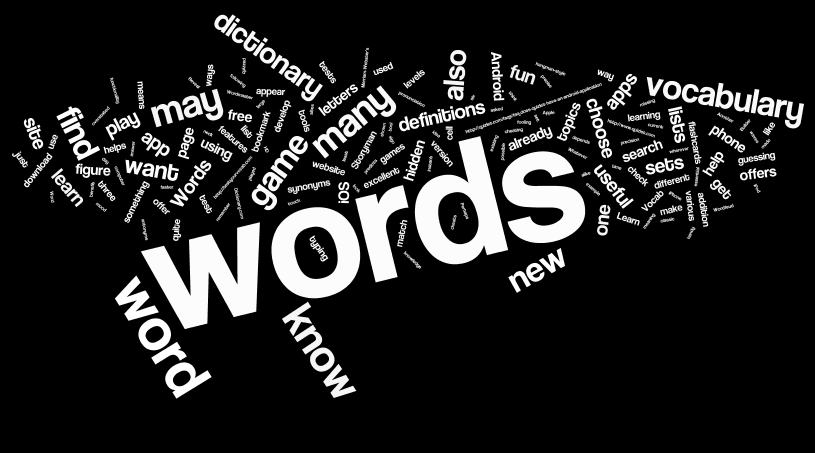Adverbs/Adverbials

Adverb is the name of a word class; adverbial is the name of a clause element (‘setningsledd’). A modifier is part of a clause element.
An adverbial
- may describe the action expressed in the verb.
He speaks French fluently.
She was warmly allowed into the house. - may give the speaker’s view on a situation.
Luckily, all the students passed their exams.
This is obviously not enough. - may refer to the connection between sentences in a text.
Furthermore, the team had played an excellent away game.
Nothing, however, will convince me to change my mind.
A modifier
- may give the degree of an adjective head.
The house was extremely nice.
The captain was badly shaken. - may give the degree of an adverb head.
She speaks Norwegian very well.
Quite soon, a crowd had gathered outside.
Adverbs often end in –ly and are then formed from an adjective:
perfect - perfectly, nice - nicely, probable - probably
Many adverbs have no ending:
often, seldom, never, always
If an adjective ends in –y, the –y turns into an –i when the adjective forms an adverb.
easy - easily, lucky - luckily
Adverbs consisting of one syllable have the ending –er in the comparative and –est in the superlative.
POSITIVE | COMPARATIVE | SUPERLATIVE |
|---|---|---|
fast | faster | fastest |
hard | harder | hardest |
Adverbs consisting of more than one syllable are compared by using more in the comparative and most in the superlative.
POSITIVE | COMPARATIVE | SUPERLATIVE |
|---|---|---|
nicely | more nicely | most nicely |
quietly | more quietly | most quietly |
POSITIVE | COMPARATIVE | SUPERLATIVE |
|---|---|---|
well | better | best |
far | farther | farthest |
far | further | furthest |
badly | worse | worst |
little | less | least |
much | more | most |
Adverbials that refer to how an action is carried out are placed in front of the main verb or at the end of the clause. Adverbials of frequency are placed in front of the main verb.
- ‘I like it’, she answered enthusiastically.
- They slowly walked over to the shop.
- I seldom go to the cinema
Adverbials that give the speaker’s view of a situation are typically placed first or early in the clause.
- Luckily, all the students passed their exam.
- This is obviously not enough.
Adverbials that link the sentences in texts together are placed first or early in the clause.
- Furthermore, the team had played an excellent game.
Modifiers of adjectives and adverbs are placed immediately in front of the head.
- The house was extremely nice.
- Quite soon a crowd had gathered outside.
If the adverbial is a long phrase or clause, it is placed first if it gives the background, the setting for the rest of the clause, but last if it provides the new information.
How did you recognize your father? I recognised him by his funny walk.
Every Saturday our neighbour washes his car and takes the family for a ride.